Peat as a fertilizer: features of use
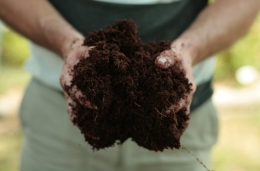
Peat is the rotted and compressed remains of plants and animals. The ideal environment for the appearance of peat is considered to be areas with difficult access to oxygen and high levels of humidity, such as swamps. What are the features of peat quality? fertilizers for personal plots, and we will analyze all the interesting nuances in the article.
Content:
- How peat is formed
- The nuances of using peat to fertilize the site
- How to make your own peat compost
- Features of using peat in a summer cottage
How peat is formed
Plants and animal organisms that live in swamps, or wetlands and lakes die over time. The resulting biomaterial is gradually layered on top of each other, forming layers, balls, and pressed under the pressure of water and subsequent layers.
Under such conditions, with high humidity and minimal access to fresh air, peat is formed. Depending on the degree of decomposition of the resulting biomass, it is divided into:
- Horse, in which the particles have practically not decomposed. This is the top layer.
- Transitional, in which the particles have disintegrated almost completely, but intact pieces are still found.
- Lowland, where all parts have turned into a homogeneous mass, like mush.
- The low-lying layer is best suited for fertilizing the soil, but the rest also do their job well.
The nuances of using peat to fertilize the site
Many not very experienced gardeners and gardeners prefer to purchase fertilizer in large quantities and spread it throughout the site, expecting record harvests. This opinion is erroneous, since the substance is 40-60% used for fertilizers, is highly not recommended.
The reason is that the fertilizer is very poor in nutrients, despite the fact that it contains a sufficient amount of humus. In addition, nitrogen is poorly absorbed in the soil. Therefore, the use of humus alone to fertilize the site is highly not recommended. It is better to choose special mineral or organic fertilizers for this. But for enriching the soil, a lowland or transitional species is just perfect.
Thanks to its properties, it improves the structure of the soil, helping to make it more breathable and permeable to water. In such soil, the root system develops much faster, and the plant itself will be healthy.
In addition, there are a number of plants that require acidic soil for normal development and reproduction. For example, these are heathers, ericas, blueberries, hydrangeas. Most often, high-moor peat is used to acidify the soil. He copes with the task perfectly. And if you periodically mulch your plants with it, they will thank you.
Whether it is worth using pure peat as a fertilizer largely depends on the condition and composition of the soil itself. In some cases its use is simply necessary, while in others it is prohibited. If priming If your site itself is quite fertile and light loamy, then applying such fertilizer will give you absolutely nothing.
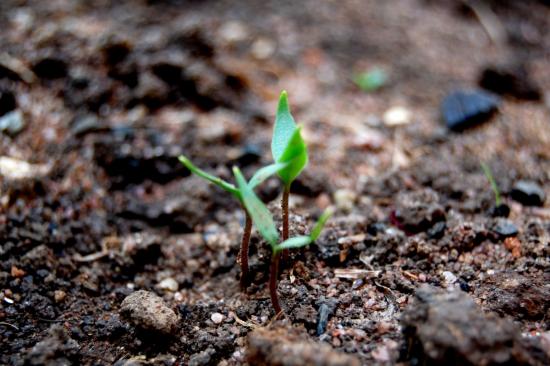
But for soil that is clayey, sandy and depleted, the application of peat in combination with other fertilizers will help to significantly improve the yield and add beauty to the ornamental plants growing in your garden plot.
How to make your own peat compost
Of course, it is much easier to buy ready-made peat to fertilize the site. But, if your budget is very limited and you have all the necessary components, then you can make it at home. To do this you will need:
- Plant tops
- Weeds
- Wooden sawdust and shavings
- Leftover food waste
Add all ingredients in this order:
- Fill the hole with peat, followed by sawdust, about 10 cm
- Fill in about 20 cm of tops, weed and food waste
- Manure, about 20 cm thick. Any manure you can get will do.
- Cover with a layer of peat
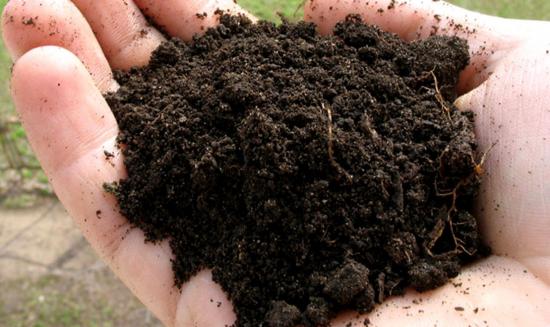
Leave the resulting mixture over the winter to rot. The compost heap should be no more than 1.5 meters high and covered with earth. This will create a certain microclimate inside and ideal conditions for rotting. The resulting peat, if it is not dried in the sun and not frozen, is in no way inferior in its nutrients to manure, and in some parameters even surpasses it.
Features of using peat in a summer cottage
In order to apply peat as fertilizer, you need to scatter it with a pitchfork along the entire perimeter of the land. But, do not forget that peat fertilizer is more concentrated than manure; you need to take only 10-15 kg per 10 m2. You can fertilize the soil both in spring and autumn, adding drops to the bayonet of a shovel.
In the recesses near the trees you need to put a layer of about 5-6 cm.The same amount should be placed in the holes in which you plan to plant a tree or bush. This will help the root system quickly adapt to new living conditions and begin to develop much faster.
Peat – a valuable fertilizer that is excellent for enriching the soil with useful substances and minerals. By using peat regularly, you will achieve a significant improvement in the productivity of plants and trees, and ornamental plants that are present in any area will take on a new appearance.
Video about the use of peat in gardening:

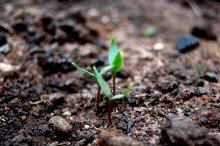
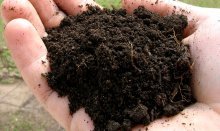
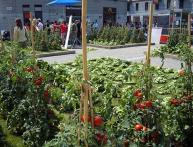
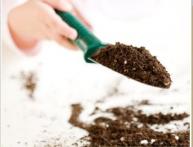


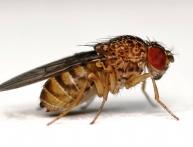
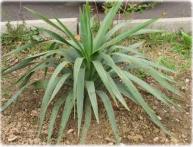
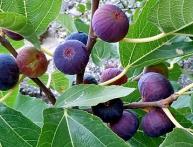
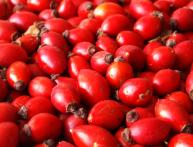
Comments
I always put vegetable tops and weeds in the compost pile. When the compost is “ripe,” I sift it through a sieve and scatter it around the garden, as well as on the tree trunks. I didn’t think that compost was peat.
This year I leave all the extra leaves and shoots from the tomatoes directly under the bushes as mulch. I don’t know how this method will manifest itself, so it will be interesting to watch, but I add peat to the soil to make it lighter.
Peat is a good thing, but it should be in moderation. We bring it into the ground once every 2-3 years. The unpleasant moment is associated with the presence of cabbage grass, which accumulates in the compost pit over the winter.